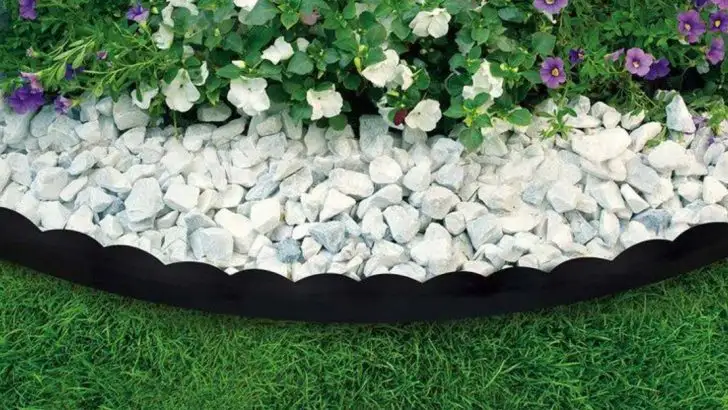Gardening wisdom is often passed down like tradition—but not all of it stands the test of time. As techniques evolve and our understanding of ecosystems deepens, it’s become clear that many old-school garden “rules” are more myth than must. In fact, some may be doing more harm than good.
From rigid planting schedules to beliefs about pest control, watering, and pruning, today’s best practices look a lot different than they did a generation ago. Embracing modern, science-backed methods can make your garden healthier, more resilient, and a lot easier to manage.
In this article, we bust nine of the most common outdated gardening rules—and show you how breaking them can actually lead to better results. It’s time to give your green space the freedom to thrive on today’s terms, not yesterday’s.
Rule of Perfect Rows
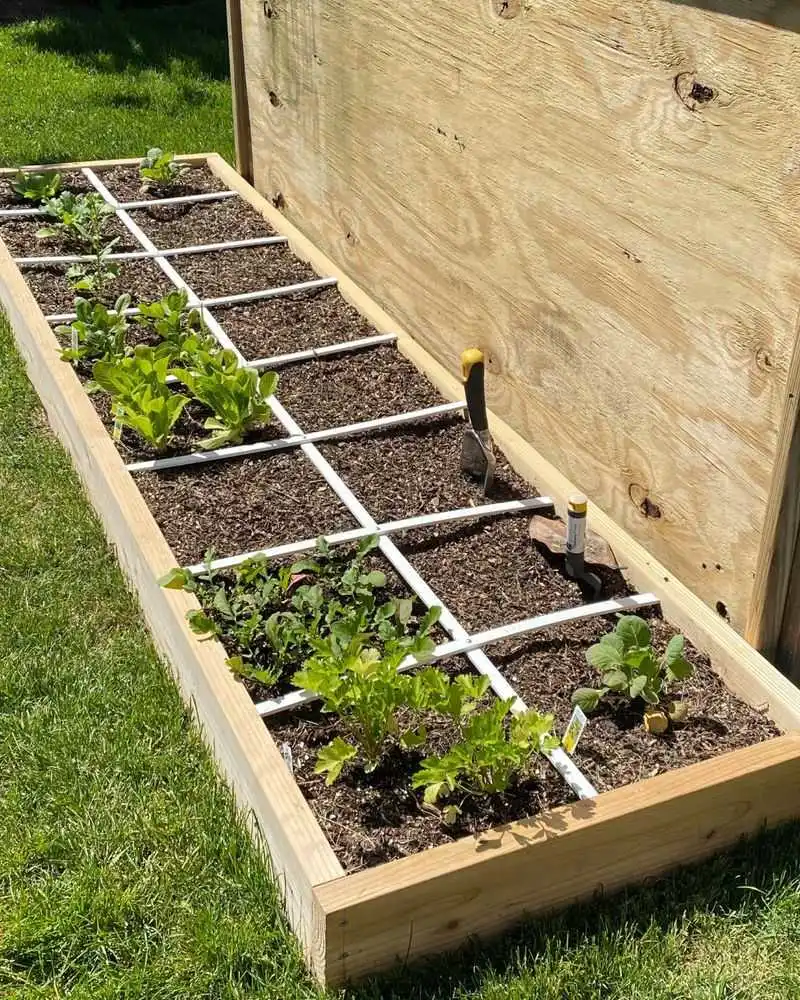
In the past, gardeners were taught to plant in tidy, symmetrical rows. This was thought to maximize space and ease of cultivation. Today, a more natural approach is often favored. Allowing plants to grow in their preferred patterns can lead to healthier ecosystems and more biodiverse gardens. Plus, natural arrangements can make gardens look more inviting and wild. This shift also supports beneficial insects and reduces the need for artificial interventions. Embracing irregularity in planting isn’t just trendy; it’s a nod to nature’s own designs.
Daily Watering
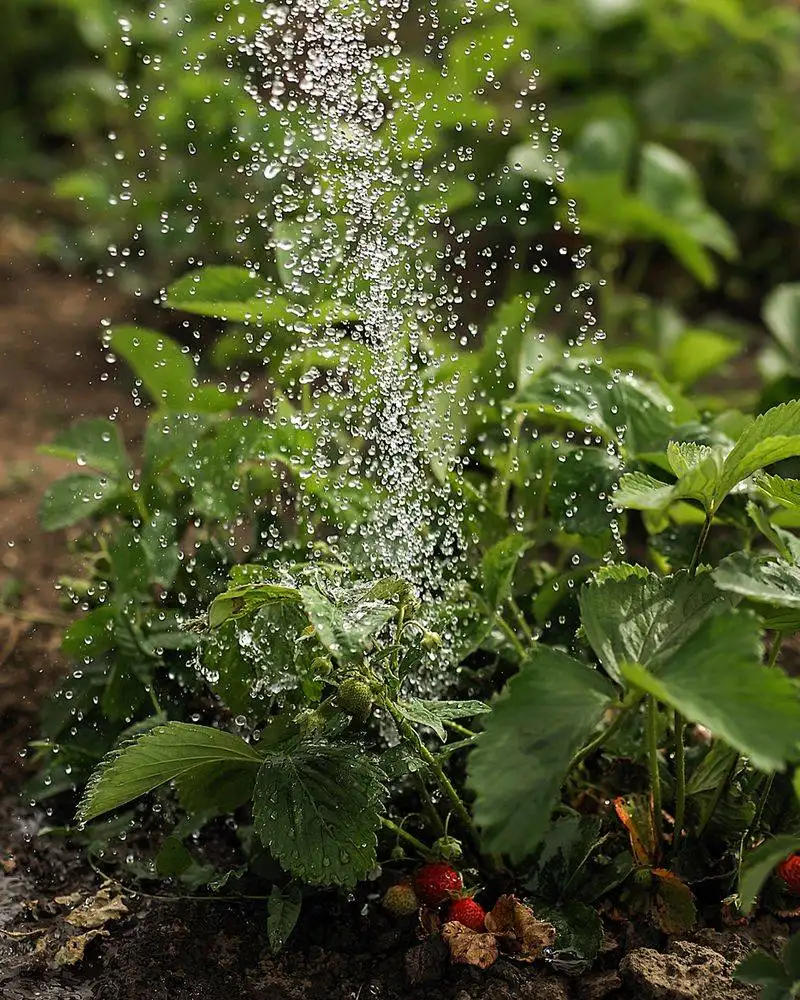
Once considered essential, daily watering is now seen as outdated due to its inefficiency and potential harm. Modern irrigation methods focus on moisture sensors and weather-based schedules, ensuring plants receive water only when truly needed. Overwatering can lead to root rot and wasted resources. By adopting smarter watering practices, gardeners can conserve water and promote healthier plant growth. This approach aligns with sustainable gardening practices, where water conservation is a priority. Smart irrigation systems are becoming a popular choice among eco-conscious gardeners.
Tilling is a Must
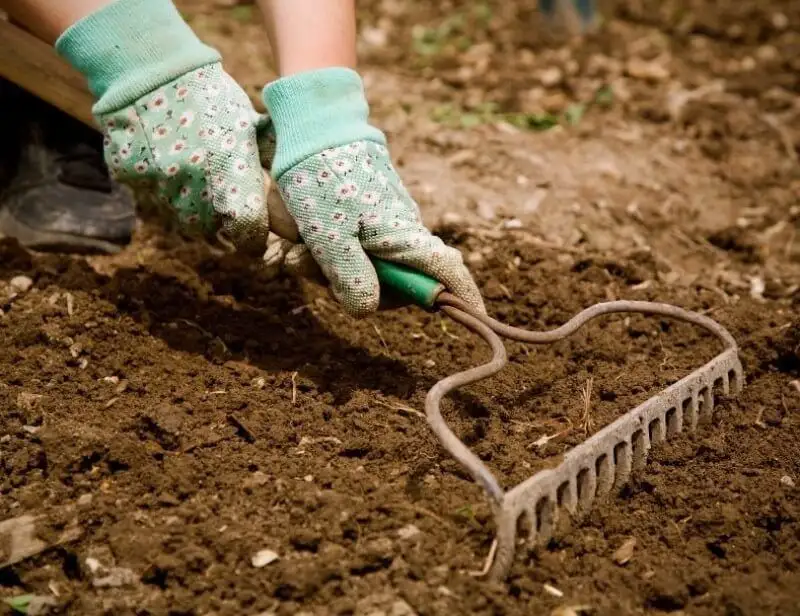
Tilling was once believed to be crucial for aerating soil and incorporating nutrients. However, this practice can disrupt soil structure and harm beneficial microorganisms. Today, many gardeners opt for no-till methods, which preserve soil biodiversity and health. By avoiding tilling, the soil’s natural ecosystem can thrive, leading to more resilient plants. Cover crops and organic mulches are now used to maintain soil fertility without disturbing its delicate balance. This method aligns with eco-friendly gardening trends, reducing labor and enhancing soil vitality.
Chemical Fertilizers Only
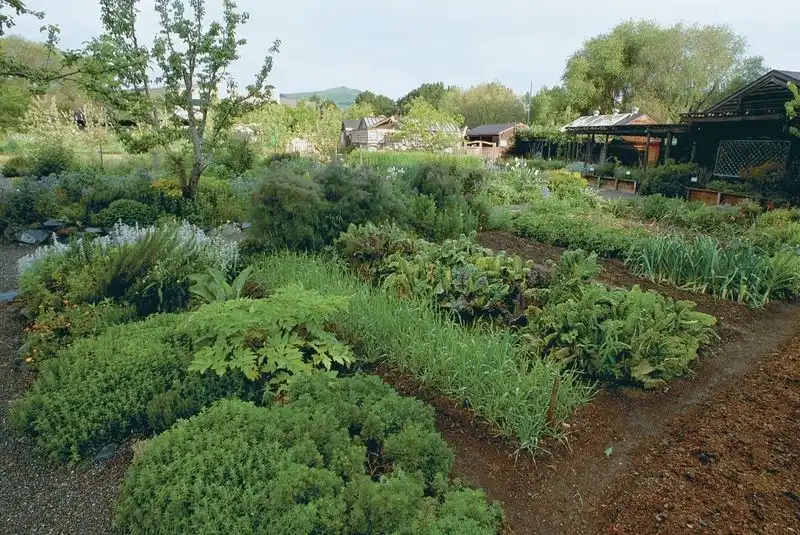
The reliance on chemical fertilizers has waned as more gardeners turn to organic alternatives. Chemical fertilizers can lead to nutrient imbalances and environmental issues. Composting, green manures, and natural amendments now take center stage in supplying nutrients. These methods promote healthier soil and reduce chemical runoff into waterways. Embracing organic fertilizers supports sustainable gardening practices and encourages a balanced ecosystem. Many gardeners find that organic methods also lead to tastier, more nutritious produce, aligning with a growing interest in organic food.
Spring Planting Only
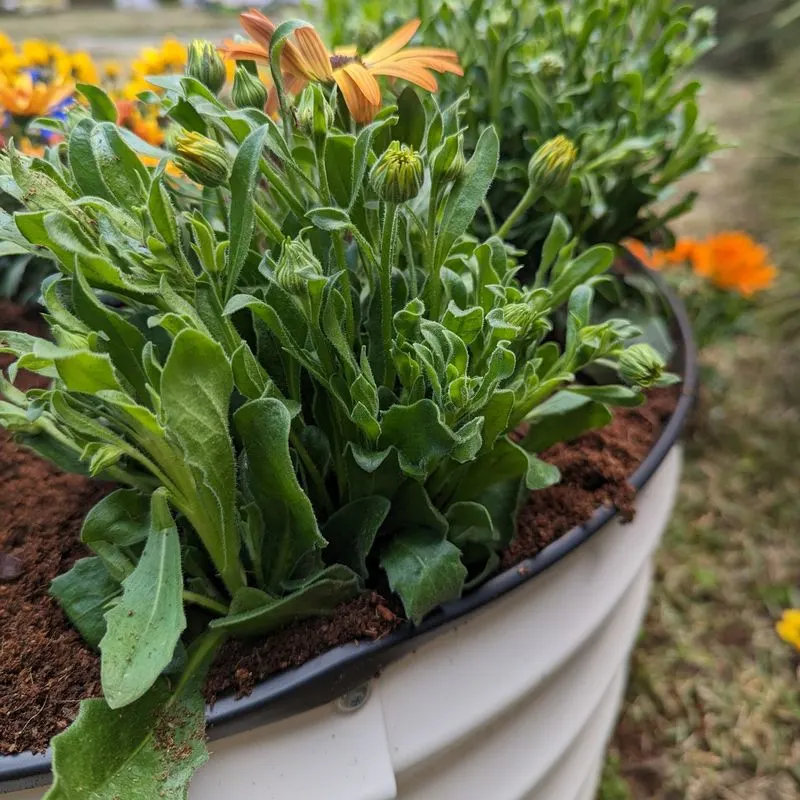
Traditionally, spring has been the prime planting season. Yet, fall is often an equally suitable time for gardening. Cooler temperatures and increased rainfall can aid plant establishment before winter. Many plants thrive when started in fall, benefiting from less heat stress and competitive weed pressure. This shift allows gardeners to extend their growing season and enjoy diverse blooms and harvests. Fall planting also provides a head start for spring growth, making the garden more vibrant and dynamic throughout the year.
Pristine Lawns

The quest for immaculate, manicured lawns is fading as gardeners embrace a more natural aesthetic. Allowing clovers, wildflowers, and native grasses to flourish creates healthier, biodiverse landscapes. These natural lawns require less water and chemical inputs, offering a sustainable alternative to traditional turf. Biodiverse lawns not only support local wildlife but also add an enchanting, untamed beauty to garden spaces. By moving away from perfection, gardeners contribute to ecological stability and reduce maintenance efforts. This trend reflects a growing appreciation for nature’s wild charm.
Pest-Free Gardens
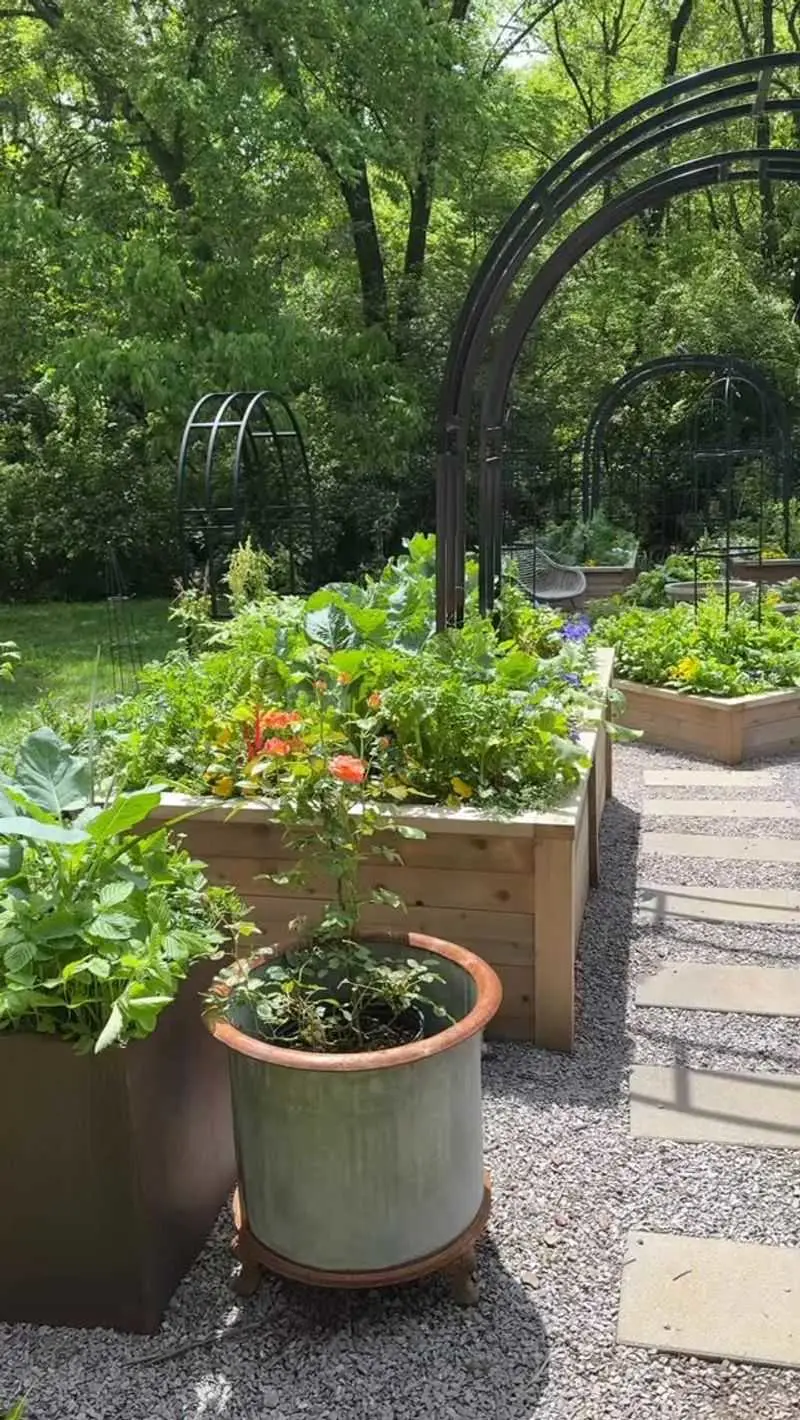
The notion of a pest-free garden is being re-evaluated in favor of balanced ecosystems. Encouraging beneficial insects and accepting minor plant damage can lead to more resilient gardens. These critters naturally control pests, reducing the need for chemical interventions. Gardeners are learning to appreciate the role that insects play in pollination and pest management. Sustainable practices like companion planting and habitat creation support these natural allies. A slight nibble here and there is a small price for a thriving garden ecosystem.
Mulch Must Be Bare
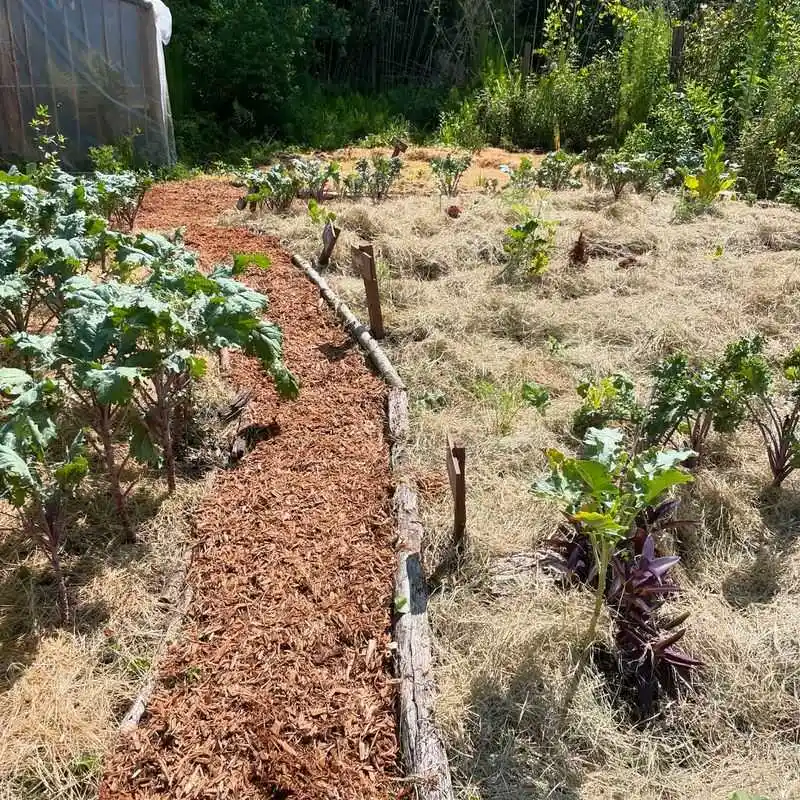
The belief that mulch should be purely functional and barren is outdated. Decorative mulches offer both aesthetic appeal and practical benefits. Using materials like bark, stones, or organic options enhances garden beauty while retaining moisture and suppressing weeds. These choices can complement garden design and reflect personal style. Decorative mulches also contribute to soil health as they decompose, adding nutrients back into the ground. Gardeners are discovering that mulch can be a key design element, blending functionality with visual charm.
Garden Borders Must Be Rigid
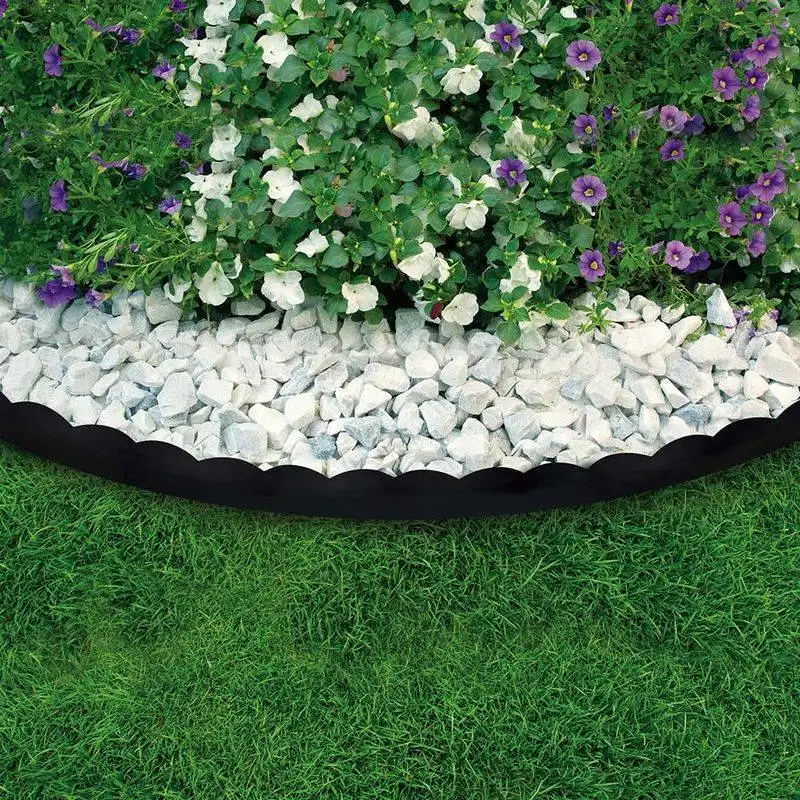
Strict, rigid garden borders are giving way to more fluid and natural designs. Curved lines and gentle transitions between areas enhance garden harmony and visual interest. These designs invite a sense of movement and softness, contrasting with harsh, straight edges. Incorporating varied plant heights and textures within these borders can create a dynamic and inviting garden. This approach aligns with contemporary landscaping trends that favor organic shapes and integrated spaces. Embracing flexibility in design allows for creativity and personal expression in garden layouts.

